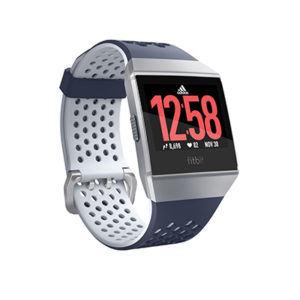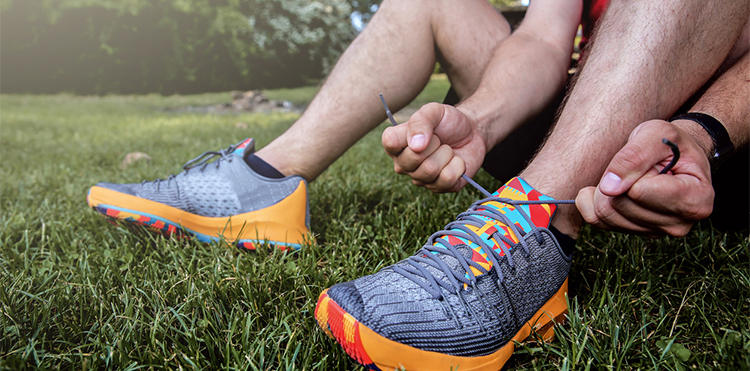The heart rate monitor is a device that can make a world of difference to the quality of your training. Dr Charlie Pedlar, Physiologist at the St Mary’s Clinic, St Mary’s University College, says: “Your heart rate (usually described as the number of heart beats occurring each minute) is an excellent measure of the overall stress your body is under. It is a summation of the physiological (and sometimes psychological) ‘load’ your body is dealing with. Not only that, it can be used to objectively set your training intensity and monitor your gains in fitness.”
Brilliant, but how does it make you better? “You get fitter by adapting to the repeated stress of endurance training,” says Pedlar. “There are visible adaptations such as a reduced bodyweight, but there are changes going on inside your body too, enhancing your performance and reflecting an improved health. Your heart, circulation and muscles will be better perfused with blood and this will result in improved delivery of oxygen and removal of carbon dioxide. “Your heart is a muscle and it will naturally adapt by getting larger and more efficient, enabling it to eject more blood into your circulation for each heart beat, resulting in a lower heart rate.”
Why use a heart rate monitor?
Firstly a HRM will enable you to track changes in your fitness over time: For example, running at the same speed on a treadmill or over a known distance (make sure you keep your warm up the same) and checking your average and peak heart rate. Do this regularly and gradually heart rate will come down. Secondly, using a heart rate monitor will ensure that you’re working at the right intensity, either to check you’re hitting a target training-zone, or to ensure you don’t work too hard and go into a higher training zone. Third: To help pace yourself in races and hard training runs. Finally, a raised heart rate can be an early warning sign for an illness, letting you know that it is time to back off training and rest.
What are Training Zones?
“When you exercise you draw on energy from different systems, and for distance runners there are two main systems to consider,” says Pedlar, “the aerobic system and the anaerobic system. At low intensities, we’re predominantly aerobic and our running range is expansive. We’re using fat and carbohydrate together to produce the energy to run. As intensity increases, we rely more on our anaerobic system and begin to rely proportionally less on fat and more on carbohydrate. “Once deep into the anaerobic domain, our running range is limited and therefore so is our performance. The key feature of successful distance running training is that we’re able to run faster and still remain in this highly efficient aerobic zone (higher aerobic power).”
That’s why any training plan worth its salt will include running at different intensities, using the transition (or threshold) between aerobic and anaerobic exercise as a key reference point. Terminology such as ‘steady’, ‘threshold’, ‘tempo’ and ‘interval’ are used to describe training zones in your plan, and each zone will have subtly different training effects, however, there is no ‘correct’ training recipe to tell you how much of each kind of running is optimal. Dr Pedlar explains: “What we do know is that repeatedly including various intensities of training will give you faster gains than just plodding out the miles at the same speed, or thrashing out all your miles as fast as you possibly can. The event you’re training for is also a factor influencing the composition of your training programme.”
Finding your training zone
There are ways to estimate your training zones, albeit with limited accuracy. For example, your breathing.
– Below threshold = conversation is easy
– At and above threshold = one-word answers only
– Interval zone = heavy breathing, no conversation at all.
Estimate your maximum heart rate (220 – your age) and train at percentages of this.
Want your say? Email us at editorial@wildbunchmedia.co.uk
Join the Men’s Running community for more comment, analysis and race information direct your inbox. Follow us on twitter@mensrunninguk







